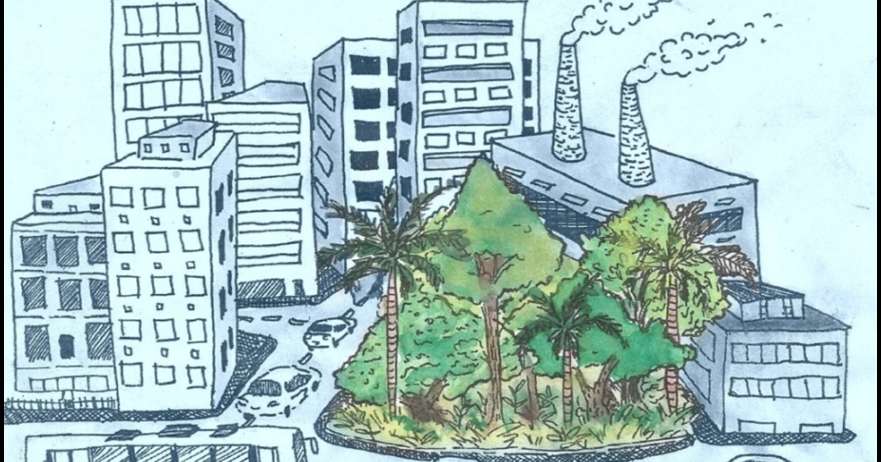BIOMASP+
BIOgenic emissions, chemistry and impacts in the Metropolitan Area of São PauloThe aim of the project is to understand how biosphere-atmosphere interactions influence urban pollution and, retroactively, to understand the effects of pollution exposure on the physiological state of vegetation and its emissions.
It is in this context that five French research teams, including four from CNRS-INSU, in collaboration with Brazilian teams from the University of São Paulo and the Institute of Botany of São Paulo (IAG, Institut des Biosciensas, IFUSP) are mobilized in the field, in the megalopolis of São Paulo.
The campaign is taking place at two measurement sites, each equipped with two instrumented towers and real field laboratories. The first (USP-Matão) is located in the heart of the metropolis, on the campus of the University of São Paulo, which is an urban forest in itself, but with a more marked anthropic influence. The second site (RMG) is located in the Morro Grande reserve, 40 km south-west of the metropolis, and is this time in the heart of the Mata Atlantica forest. Our initial results clearly show the anthropic influence on this second site.
Several field measurements are being carried out and duplicated at both sites (biogenic emission fluxes, atmospheric composition, secondary organic aerosol formation potential of air masses), as well as laboratory measurements (biogenic emission factors, oxidizing potential of particles, secondary organic aerosol formation potential of emissions) and 0D chemical and chemistry-transport modelling.
AERIS/SEDOO is involved in this project in the following ways:
- Provision of a catalog to distribute project data.

